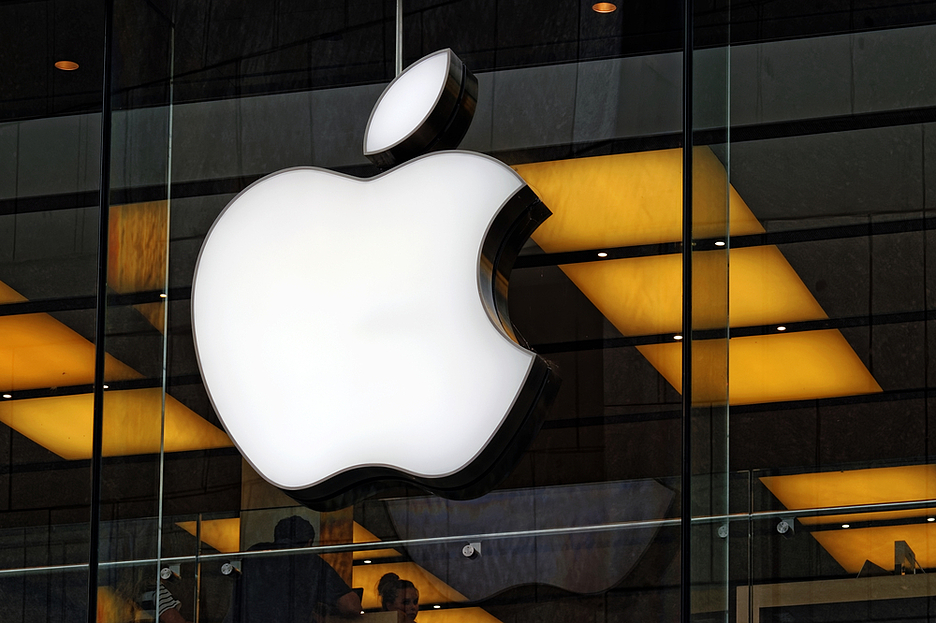Kickstarter was the birthplace of Oculus Rift, and now another HMD is looking for the same fate. The company True Player Gear, which we talked about a few months ago, becomes Vrvana and seeks to place Toten in the market. What makes Totem different from Oculus Rift? The most striking thing is the compatibility with all types of consoles, thanks to which it performs image distortion using hardware accepting any 3D source. But it is also compatible with the software created for Oculus Rift.
Totem can be connected to any HDMI source, such as a console, a BluRay player and, of course, a PC. The OLED screen with RGB matrix and no pentile also attracts a lot of attention, but in addition Totem incorporates two integrated cameras that fulfill a double function: absolute positioning and augmented reality. It also performs hardware image distortion. Totem boasts of working with any device that has an HDMI output, without more.
Totem converts the multichannel HDMI audio signal into stereo, but maintaining spatiality thanks to a binaural HRTF algorithm, and allows us to use our own headphones to enjoy a surround and convincing sound. On the other hand, the lenses are large in size and are designed totally to measure, and include the possibility of adjusting the focal length, with which people with myopia will be able to use them without the need for glasses. According to Vrvana, the screendoor effect is inferior to that of a Pentile matrix (such as that of the DK2).
And now the good thing comes: Totem is compatible with the games and applications designed for the Oculus Rift DK1 and, soon, also with those designed for the DK2. According to Vrvana, Totem will also be compatible with all consoles on the market, although it remains to be seen how they handle the FOV that, by default, is usually very low in games and certainly insufficient to convert the image as is to virtual reality. As if this were not enough, they are also developing plugins for the most well-known engines on the market: Unity, Unreal Engine, Cryengine and Havok.
For lovers of specifications, these are the technical data of Totem:
Screen – 1080p OLED with LCD matrix with low persistence and 75 Hz frequency
Viewing angle (FOV) – 90 degrees
Chambers – Built-in cameras for absolute positioning with M12 lenses for a horizontal angle of 130º
Connectivity: HDMI input and USB connection for the tracker
Sensor: 2x 120hz to 1080p cameras, 3-axis gyroscope at 1kHz, 3-axis accelerometer at 4kHz, 3-axis magnetometer
Audio: 2 3.5mm jacks with support for binaural sound
Emulated controls: USB Mouse, PlayStation controller, Xbox controller
Other controls: UUP, down, select, world view
Supported motors: Unreal, Unity, Havok Vision and CryEngine
Platform: PC (Windows, Mac, Linux), PlayStation 3 / 4, Xbox One / 360
Supported formats: All formats 3D, SBS (side by side) preferred
Size: 6.6″ x 4.4″ x 5.4″
Weight: 400 g (estimated)
Hardware acceleration: Smotion and distortion tracking for the lens
This comparison table shows the differences with Oculus Rift DK2 and Morpheus:
The campaign ends on October 15 and its goal is to raise $350,000. The early bird tiers cost $440 CAD (sold out) and $468 CAD, the normal cost is $499 CAD. The expected delivery of Totem is April 2015, and as with Oculus, these are development kits intended for application creators.







